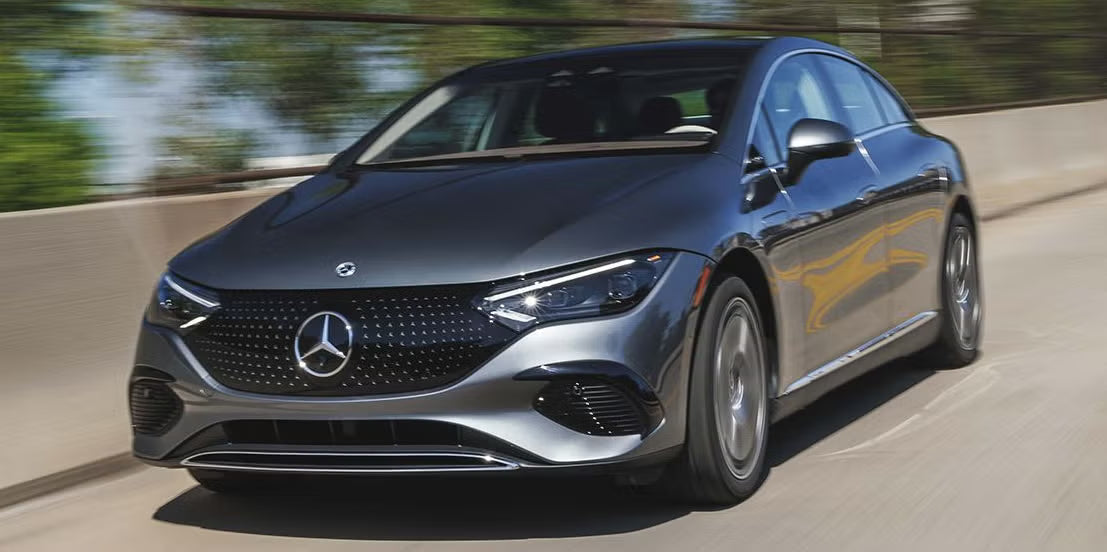Introduction
The electric vehicle market in North America has matured significantly by late 2025. With advances in battery technology, broader charging infrastructure, and increased competition among manufacturers, buyers are finding compelling pure electric vehicles (i.e., zero-emissions, battery-electric, no internal combustion engine) across a variety of segments. In this article, we highlight several recommended models available today, assessing their suitability for North American drivers, and explaining what to watch out for in the decision process.
Criteria for Selection
To identify the leading EVs, we considered the following criteria:
-
Driving range on a full charge (EPA-or equivalent estimate)
-
Value (MSRP relative to capabilities)
-
Charging compatibility and network support
-
Brand/service network strength in North America
-
Overall features and driver appeal
Top EV Recommendations
1. 2025 Hyundai Ioniq 5
-
A strong mainstream choice: the 2025 Hyundai Ioniq 5 offers an EPA-estimated range of around 303 miles.
-
Modern styling, rapid charging capability, and a favorable value proposition make it very compelling.
-
For buyers seeking a practical and future-ready EV without paying premium luxury prices, the Ioniq 5 stands out.
2. 2025 Kia EV6
-
The 2025 Kia EV6 is another excellent option in the mainstream segment: long-range capability, strong fast-charging performance, and robust features. Kia Brasil+1
-
With its sporty design and advanced tech, it appeals to buyers looking for a more dynamic EV experience while maintaining everyday usability.
3. 2025 Nissan Leaf (New Generation)
-
The new generation 2025 Nissan Leaf brings a refreshed design and modern EV features to one of the most established EV nameplates. Nissan USA
-
Though exact range figures vary depending on trim, the Leaf remains a viable choice for buyers prioritizing brand reliability, established infrastructure, and cost-effective electrified driving.
4. 2025 Mercedes‑Benz EQE 350 4Matic
-
For buyers in the premium segment, the 2025 Mercedes-Benz EQE 350 4Matic offers about 302 miles of range in a refined, luxury EV package.
-
This model suits drivers seeking upscale finishes, advanced technology, and brand prestige while still embracing full electrification.
Factors to Keep in Mind Before Buying
-
Charging infrastructure and compatibility: Ensure you have convenient access to DC fast-charging or home charging installation to make daily use practical.
-
Actual usable range vs. EPA estimate: Real-world driving, weather conditions, and terrain can reduce range from the headline figure.
-
Warranty and service support: Especially for newer EV models, check battery warranty terms and availability of service centers in your region.
-
Incentives and tax credits: While the U.S. federal tax credit landscape may change, regional/state incentives may still apply and can impact effective value.
-
Resale value and model support: As EV technology evolves, consider how future updates may affect the model’s longevity and resale value.
Conclusion
As of November 2025, the EV market in North America offers strong viable options across mainstream and luxury tiers. Whether you prioritize range, value, brand, or premium features, models like the Hyundai Ioniq 5, Kia EV6, Nissan Leaf, and Mercedes-Benz EQE 350 4Matic demonstrate that full electrification is no longer niche—it’s increasingly mainstream. With proper due diligence on charging access, model suitability, and ownership ecosystem, switching to a pure electric car is now a realistic and attractive proposition for many buyers.












Aktie:
UL- vs. ETL-Zertifizierung: Gleiche Sicherheit, unterschiedliche Anerkennung in Nordamerika
Used EVs Are Now America’s Fastest-Selling Cars — Here’s Why